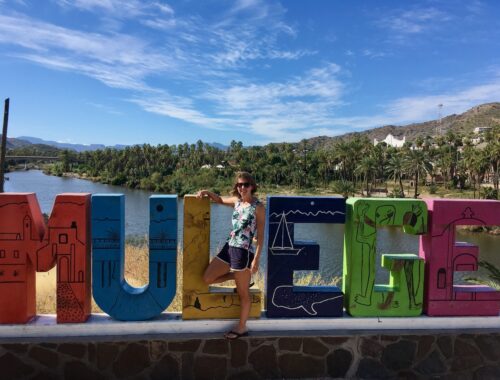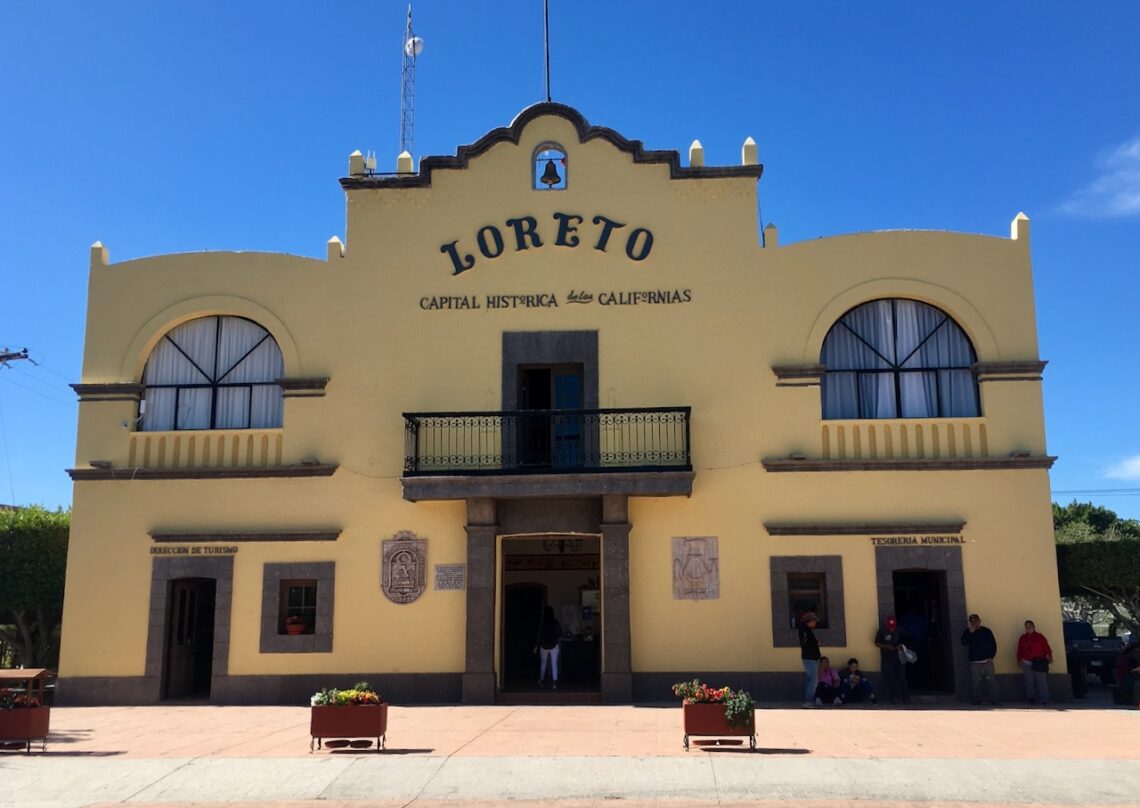
Easing into Loreto
Loreto lived up to the hype. It was a wonder to be back in a place that felt familiar. Yes, there were tourists (a cruise ship even arrived one afternoon) and yes the prices were higher, but boy it felt nice to walk the pedestrianized streets, mingle with fellow travellers, and settle into a week-long stay with more comforts.
You can fly into Loreto and it shows. The residential streets are dotted with gated mega-houses, in between the modes Mexican dwellings, many of them doubling as taco or hamburger joints in the evening hours. There are a handful of nice restaurants with high prices. There are modern real estate agencies luring gringo visitors to consider the benefits of a winter (or even full time) home. A little ways south on Highway 1 there is a growing planned community complete with golf course and resort. Overall, Loreto keeps the gringo development and mass tourism under control and we never felt overwhelmed. Time will tell if it can stay that way.
We stayed at Casa de Costeñeda, which was a nice home with rooms added in the back. Although the rooms were small and modest, there was a wonderful, shady garden to enjoy as well as a kitchen that enabled us to cook nearly all our meals over the course of the week. I say a week, but it wasn’t quite. Initially, I had only three nights booked here, but we were running ahead of schedule. During our sandblasting while camping, we made the decision to add to our Loreto stay. Sadly, I made an error. After three nights we found out quite suddenly that we were getting the boot and needed to find a new place. My two reservations did not overlap – there was a one night gap – and we were forced to settle for a very strange option down a dirt road/track on the wrong side of the highway. Attention to details matter.
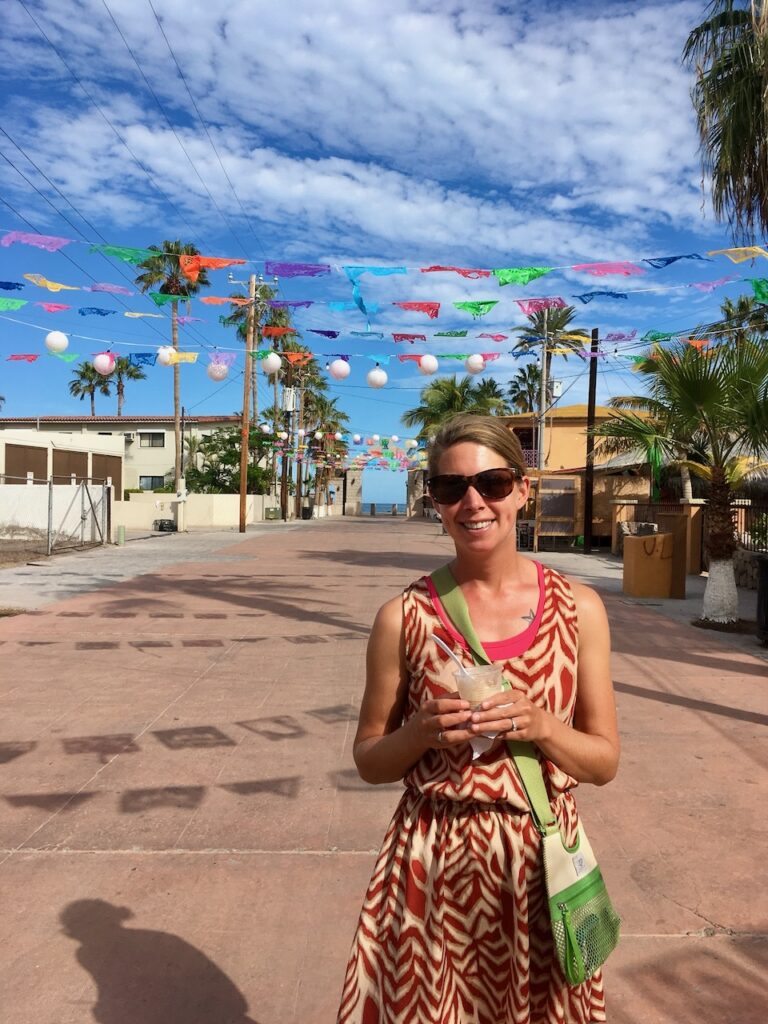
So what can you do in Loreto? Well, there is the beach and the (somewhat brief) malecón. To the north of the marina the beach stretches quite a ways (Playa la Negrita), to the south it kind of peters out at a dry river crossing. During our stay there was rarely anyone enjoying the strip of sand nearest the center. Palapas stood here invitingly, but few seized the opportunity. For locals and tourists alike, it was just a touch to cool a beach day. We tried it one day and I found the wind too much for me. Don’t get me wrong, the weather was still lovely, heaps better than even San Felipe – I even went for a quick swim. All the same, the wind was doing its job at keeping temperatures in check. In a different season (or a maybe just a different week) we might have opted for a tour to one of the protected islands nearby. The area is very popular with kayakers, divers and nature enthusiasts. For us, we couldn’t pull the trigger and decided to hold out for upcoming destinations.
Instead, we took to the nearby hills with two hikes and a sunset horse ride. The first hike to Tabor Canyon was easy to find: both the listing with information and the trailhead. A vehicle is essential, the start point fifteen minutes or so south. You need to be in decent shape with good shoes for the Canyon – it’s less a trail and more a scramble over boulders big and small. For me, this was lots of fun; for others, it may seem like a recipe for a broken ankle. I would at least give it a try. If you make it as far as water (the flow peters out in the dry sand and gravel as it heads downstream) it will be worth it. There are frogs too, enjoying the life giving water. Apparently, you can keep going, but this was enough for us. This short hike was the highlight for me so far – the backdrop of the Sierra de la Giganta is really impressive.
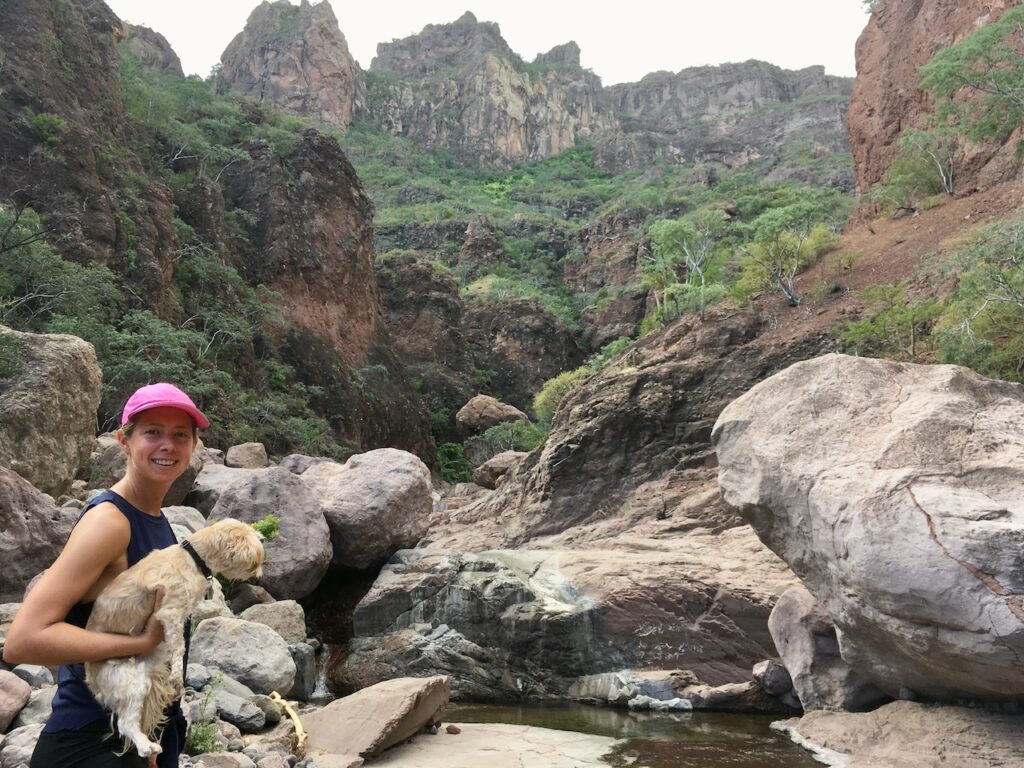
The second hike was less successful. Again, we had to drive south, this time a little further, the directions a little shakier. Basically, the road we had to take was private and an active gravel pit. I’m not sure if it made much of a difference, our car would not have done well in the loose sand of the arroyo (dried river bed) we were meant to travel up. We set off with a good attitude and low expectations. Yet as we trudged on, I began to believe. The signs started adding up, the canyon became narrower, more like the description we had read before setting out. In the end, we ran out of time. The evening was booked for another outing – horses.
Wherever we travel, we’re likely to slip in a horse ride and from the outset, Loreto looked like the spot to do it. Sarah did some research, we wandered over to a tour agency and put in an inquiry, we sent out emails – it took a little work to find a tour to fit. And it worked out great! I even had a good time. It was up and down little hills, between prickly cacti, searching for various viewpoints back towards the ocean lit by the sun setting over the hills. Our guide, Angel, spoke no English, but this was no problem. At tour’s end, we stopped for grub and photos with a pen full of curious goats.
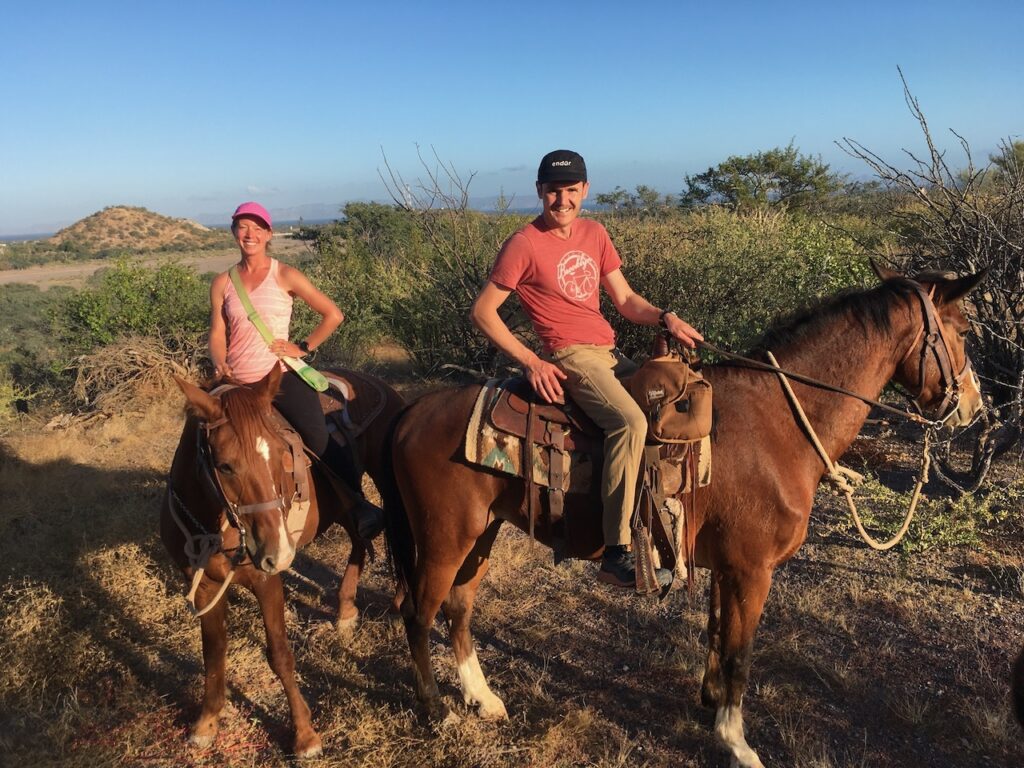
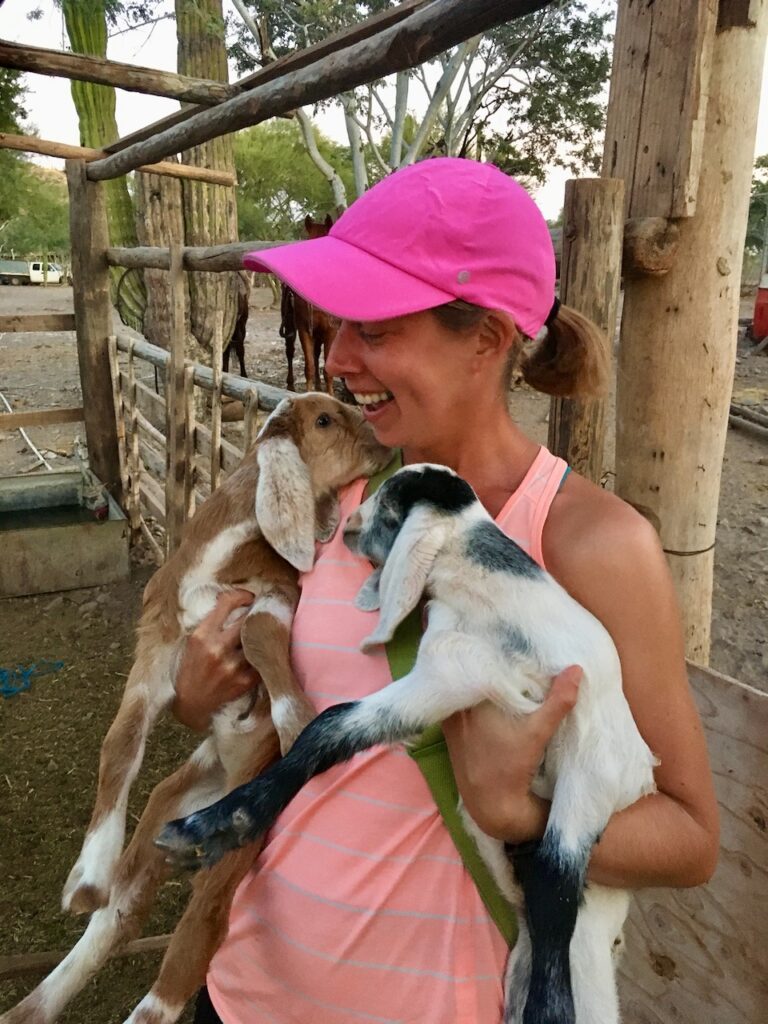
We got to relax in Loreto. It’s our longest stop by far and what it took to get away from the feeling of constant motion. Everything slowed down. We stopped worrying about what we had to do next and started considering what we wanted to do. We found the good spot to get cheap tacos, I cheered on Canada’s first World Cup match in 36 years, we hit up a happy hour, found the good place to run, made pancakes and sized up the best place to get groceries.
Loreto is a good choice for anyone who is looking for a bit more from their vacation south of the border. November through February is a popular time for visitors, but I would recommend to get here a little earlier, before it gets too cool (again, weather is great – just not swimming all day every day great). It has things to do plus an amazing bit of history (more Jesuits! the camino real…) and a real sense of place. You’re sure to meet interesting folks too. And the food is really good, even if it costs a tad more than expected.
The march south continues… Next up, we visit the capital of the state: La Paz.

Mew-ledge doesn't rhyme with Mulegé
You May Also Like
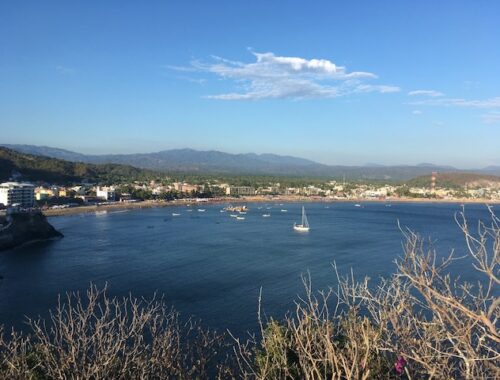
Travel Summary: Pacific Coast
January 8, 2023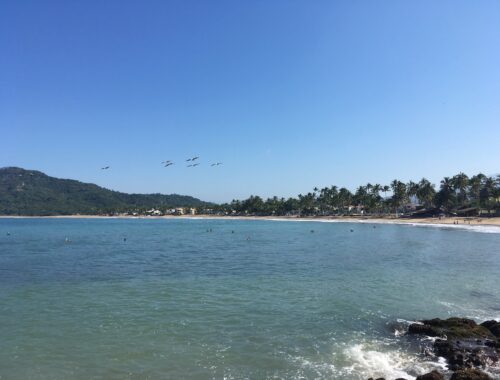
Christmas at the Beach
December 29, 2022